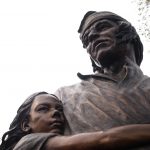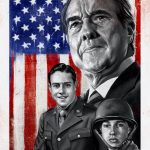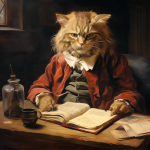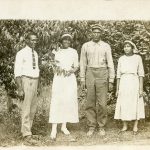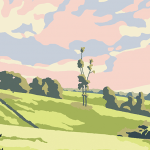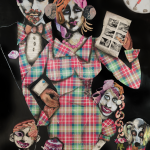For Kansas Day, here’s our interview with author Farooq Ahmed about his creative literary recasting of his home state
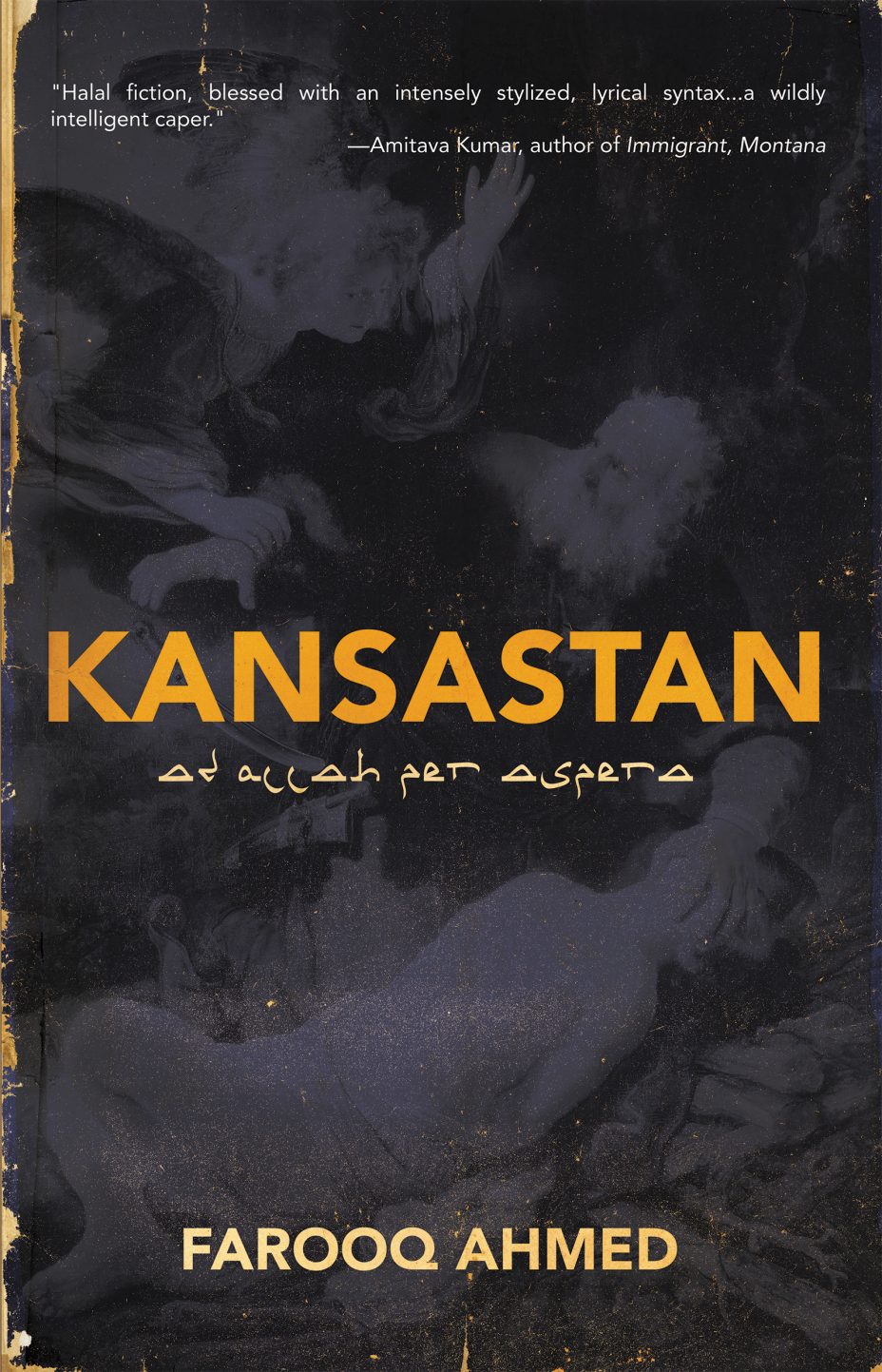
Imagine a steampunk Kansas settled by Islamic pioneers who erect mosques at the heart of each community, have already abolished (or at least seem to have contained) slavery, but continue to battle the eternal bad guys—Missourians. This premise of Farooq Ahmed’s Kansastan (7.13 Books, 2019) is so intriguingly bold that it risks overshadowing a novel full of clever writing told through the voice of a delightfully exasperating narrator. But Ahmed’s strength as a storyteller succeeds in elevating both the concept and the text while floating core questions about the Kansas experience.
In Ahmed’s imagination, Kansastan lies between the enemy territory of Missouri and the heavenly lands of Colorado. The vaguely late-19th-century society is a hybrid of goat husbandry, mining and government bureaucracy, and its citizens are constantly poised for war with cross-border raiders. Fortunately, they have champions: John Brown, his battle-proven sons, a plucky goatherd, and a miracle-worker who is possibly the Sunflower State messiah.
A more commercial approach to this book might have sketched out the history and contours of Kansastan—a type of world-building easily translated into a trilogy or a serialized television series. And Kansas native Ahmed occasionally does prompt the reader to imagine a backstory for his Kansastan. For example, a short sequence about an abandoned Christian outpost raises the prospect of rival settlements, or of New England emigrants as the occluded minority. But for the most part, Ahmed forgoes detailing an alternative history. In fact, even if Ahmed had wanted to supply expository chapters, his narrator wouldn’t have allowed them.
Ahmed says he began the novel with multiple characters and voices, but that, after multiple drafts, “all these sections had to be whittled down once the narrator took over.”
The other characters remained, but they existed only through the eyes of the narrator, an unnamed goatherd and minaret-squatter, who mercilessly catalogues the shortcomings of all of them, such as the imam who wears bread crumbs in his beard, the treacherous “false Kansans” (who, of course, would be the Arkansans) and John Brown and his sons (who, without the ennoblement of abolitionism, become merely wool-suited warlords with a side hustle of peddling religious trinkets). The narrator’s voice, alternatively clever and clueless, is also a delightful device for Ahmed to explore issues of linguistic innovation by first-generation immigrants, the melding of canonical religious text into modern lingo, how themes of sparseness overlap in the expressions of Midwest and Middle Eastern landscapes, and how historical Shiite expressions are mirrored in America’s literature of Manifest Destiny.
“Would that our borders could constrain the telling of our tales!” laments Ahmed’s narrator. Constrained in the myopic concerns of the narrator, Kansastan is an enthralling read. But when also read across realities, Kansastan distills themes of how communities collapse. It becomes, as Ahmed says, an attempt to “get at this notion of why are we having border wars, what are we fighting for and why are we so committed—as people, really—to othering the neighbor, to this extreme where we are willing to go in and fight and kill and usurp resources.”
Here’s an edited and condensed transcript of our conversation with Ahmed about the language and ideas behind Kansastan.
Lawrence Magazine (LM): A lot of the initial reviews of this book have picked up on the cleverness of the phrasings, the wordplay, and the rhetoric of the main character … is that enough for you, to be known as a book of clever wordplay, or is there something more important to the wordplay?
Farooq Ahmed (FA): Part of the joy of creating is to occasionally do things that make yourself laugh, so I think some of that “cleverness” is my attempt to do something different. But the way the language tracks is threefold and my attempt at bringing together three different worlds. One, is that I was inspired by the Civil War–era language. And second, just in general, a lot also comes from being in an immigrant family, being raised in a language that your parents weren’t, realizing that language isn’t completely fixed, in the sense you grew up learning a language that your parents also learned in school growing up, but very differently. So, one of the reasons for this wordplay was this investigation of how language changes and how, as a first-generation immigrant especially, your perception of language is so skewed. You really want to get it right … to get this English right; there is a tremendous pressure on you not to say the wrong thing in school because you will definitely be made fun of. That is definitely how you make fun of your parents because they … didn’t grow up speaking English. So there is a lot of fluidity in language, and that is one of the things that I really tried to push in the novel. So, there is that kind of immigration, first-generation English that slipped in there, there is a little bit of that period Civil War–era language, phrasings mostly, that inspired it. And then the third thing is what I see as almost the perfect hybrid between these two types of language, and that is that I grew up learning how to read Arabic, but not really how to read Arabic. I could pronounce Arabic letters so that I could “read” the Quran like a good Muslim kid should; however, I did not really learn Arabic. I read translations of the Quran. And most translations of the Quran have been written at least 50 years ago, if not more than that, so they are also written in this hybrid Quranic Arabic translated into an English of the time the translation was done. So there are multiple layers of slippage in terms of language evolution that influenced me and that I was really trying to include in the language of the book. A lot of the Quranic quotes in the book, phrases like “the Garden of Immortality is promised to the pious,” and most other of the Quranic quotes I pulled or this book, are ones that I had read at some point and stuck with me. I needed to figure out a way to do something with them in order to show that the narrator was engaged fully with the society that he was both very much wanting to be a part of, but also marginalized from.
LM: Did you filter the narrator’s understanding of the Quran and the structure of his society through a specific Shiite influence? Or is there an East Asian tradition as opposed to a Gulf State tradition that modeled your world of Kansastan?
FA: I was raised as, and I am, a Shiite Muslim, and there are moments of the book that hint at the Shiite tradition. One of the broader projects of this book was to find an overlap between the Midwest where I was raised and the Middle East where we had traveled to a lot. There is this notion of these somewhat foreboding areas providing religious inspiration and being grounds for religious zealotry and expansion. Certainly the expansion of America to the West can’t be separated from ideas of Christianity and Manifest Destiny, and so a broader project for me was definitely to try to find those overlaps, things that drew the Middle East and the Middle West into direct parallel. One of the things that always seemed to me at least recognizable in terms of this comparison between the expansion of America and the creation of monotheism in the Middle East was the use of religious symbolism. Shiism has a lot of religious symbolism, like actual totems, in the same way that Christianity uses crosses. Shiites look at the family of Mohammed as this genetic line that is still carried on to this day, and that Shiism has this blood lineage and has these totems that symbolize the prophet and his lineage, which is very much in the same way that some Christians carry a cross as their burden. Those types of religious symbolism very much align between Christianity and Shiism.
LM: Because we’re in Kansas, and because we’re in Lawrence—an abolitionist town that Brown and his sons helped rescue—John Brown is revered. And there is an understanding that whatever atrocities Brown committed, they were just one iota of the atrocities being imposed on people daily through the institution of slavery. But in this book we have Brown without his fight against slavery. The book mentions a “peculiar institution” at one point, but it isn’t clear if that is describing a large religious difference with Missourians or if it is simply something trivial like they don’t bathe as much. So, I found myself reading this John Brown and trying to find a justification for what he was doing, and it seemed, that without liberation from slavery, we have nothing noble left in John Brown—he is stripped down to fanaticism.
FA: When I first started writing this novel, it was not remotely what it is now. It took a long time for me to get to the stage in the writing of this book that I had to question what my motives were for using this border conflict. That’s why I use the phrasing “inspired by the Civil War,” to hedge my bets. The book certainly uses Civil War violence as the starting point. The only thing that I kind of pivoted on was this notion of how do we figure that into wider border issues and border conflict issues? What are the types of things that draw people into both these sort of border conflicts as well as that kind of fanaticism of othering the neighbor, of finding excuses to commit violence against your neighbor? And I think that your reading of Brown as kind of reduced to religious tokenism in a way is right; that is what I am doing, and I think that that is a lot of what I am trying to explore when we try to get at this notion of why we are having border wars. What are we fighting for? And why are we so committed as people, really, to othering the neighbor to this extreme where we are willing to go in and fight and kill and usurp resources from the other? And I think this is both a failing of the novel in terms of using the pre-fab Civil War Kansas-Missouri border war as a backdrop and not really taking it at its face value in its historical context, but the attempt then is that by removing it from its historical context to try to get at the ridiculousness of trying to fight each other over a border, over religious identities, over water access over all these other resources we have.
LM: You have a part that reads “would that our borders contain the telling of our tales!” and when I got to that part, I stopped waiting for clues to come to the back story, I stopped waiting for the slavery narrative to come in. I stopped waiting for mention of the Native population, I stopped waiting for parallels, and I realized I could not read it as an analogy for the modern-day war on terror or imperialism. And it became a narrative about this kid who was waging his war parallel to another one. He doesn’t do many good things, his escape scene isn’t a Huck Finn moment. It is simply his story. How much did the story of the narrator change during the process? Did it expand as you dropped concerns about world-building?
FA: If you are using worlds that are recognizable, then there is always this battle in choosing when you engage with real things such as historical slavery or the Native population, and in writing I realized that there were so many things piling up and the scope of what I was trying to accomplish was already tricky in these multiple levels. And one of the things that I really, really struggled with, and this is kind of a backstory, is that in Islam there is this guy named Bilal, a historical figure, during Mohammed’s time, and he is usually described as an escaped slave of African descent. And he becomes the first person to do the call to prayer. And so in Islam there is already this archetype for an escaped slave character, and I had spent some time trying to figure this out because that is one of those things that falls in your lap as a writer: You have a character like this that is completely analogous in history, so how do you not use that? So, I tried a lot to figure out a way that I could put in a character named Bilal or maybe be Bilal, but at the end of the day, this book is more of an absurdist take on history, so that type of character—and that type of grounding character to a real historical occurrence—would have pushed me so far to the historical circumstances that I was playing with, and the whole point was to kind of escape the historical circumstances.
LM: Did you choose to do that as a writer, or did the narrator push you into that?
FA: The narrator really took control of the narrative. It took a long time for me to figure out who this character was and how he expresses himself in this world, and what is this language he is using (and how is it influenced by where he comes from, and who he is around), and the type of world he both wants to inhabit and that he inhabits. So, there was definitely a point where I jettisoned a lot of the other characters and voices from the book. There are folders in my hard drive of other characters and voices—the aunt has whole sections, there was a little bit of Bilal, there was a little bit of the imam—all these other sections that had to be whittled down once the narrator kind of took charge. It was emotionally exhausting to write that narrator, and I felt at times very much like a bad person during the process of writing this book. But one thing that this book really did help me with was finding my next project. It is based on a historical figure, not a Kansan, but a historical figure, a guy who was a Muslim immigrant to America who ran the US Army Camel Corps in the leadup to the American Civil War. So the foundation that this book gave me was really helpful in terms of the actual project for the next book and the approach for the next book.
–A version of this article appears in the Spring 2020 edition of Lawrence Magazine





